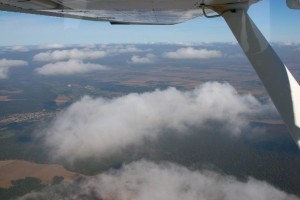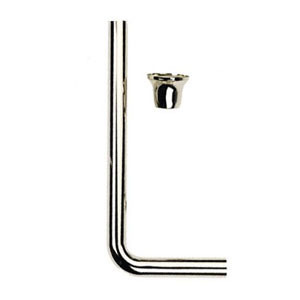It is difficult to determine the size of clouds because their definition can be somewhat vague. There are no current records kept for the smallest cloud. But some of them are probably no bigger than your hand. In fact, the steam emanating from your cup of coffee can be called a cloud. These are no more than a few inches long.
The Largest Clouds
This also depends on how one defines a cloud. But based on research, some clouds can be gargantuan. For example, a cloud can be formed along the dew point. This can happen when warm air flows over cool air. This type of cloud can be hundreds of miles long. As a rule though, clouds do not exceed six miles. That is about 30,000 feet.
However, the cumulonimbus clouds can reach heights of 60,000 or 70,000 feet (12 to 14 miles). These are commonly known as thunder heads. The stratus clouds are laid out in one long sheet. These may go on for thousands of miles on end.
You can get an idea of cloud sizes by looking at a satellite map. In some cases, clouds linked together can cover an entire country.
What Factors Affect Cloud Size?
Whether you are studying the biggest or smallest cloud, numerous factors will affect its size. The cloud type and the turbulence on the cloud level will also be a factor. The amount of moisture in the atmosphere where the clouds are forming will also come into play.
If the steams in coffee cups are discounted, a rough size range can be established. The typical fluffy cumulus cloud (the one you see when the weather is good) are a few feet long. At the other end as mentioned earlier, are the cumulonimbus thunderstorm clouds.
What are Clouds Made of?
All clouds are made of crystals or water. When water rises up, these cool down and turn into water droplets. If it is very cold, they turn into ice crystals. When enough water vapor has accumulated, a clod will form.
The cloud type that appears depends on how the transformation takes place. There are three major clouds types: cirrus, stratus and cumulus. There are many variants under each cloud type.
As the facts show, it can be difficult to determine what the smallest cloud is. It all depends on how it is defined. If only the clouds in the sky are considered, the smallest are just a few feet long.






